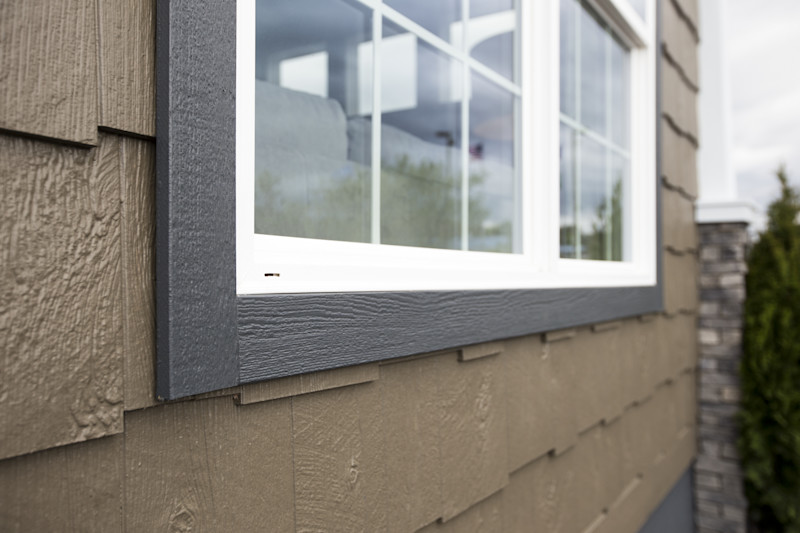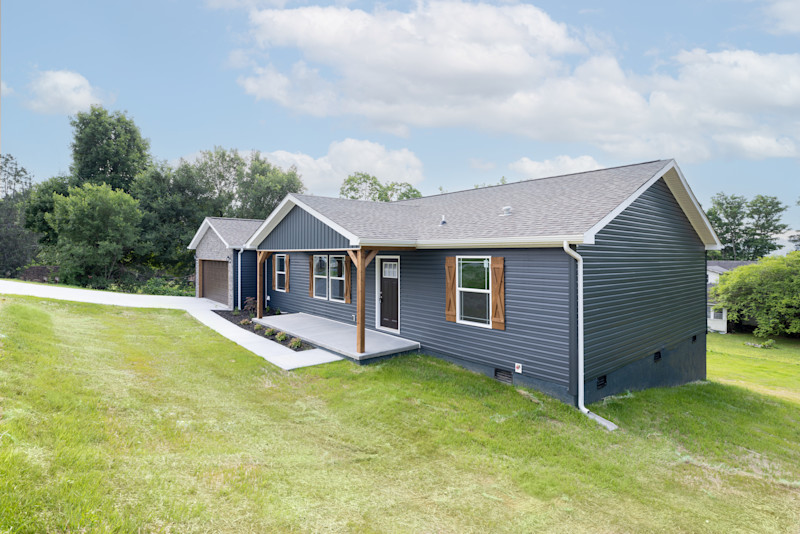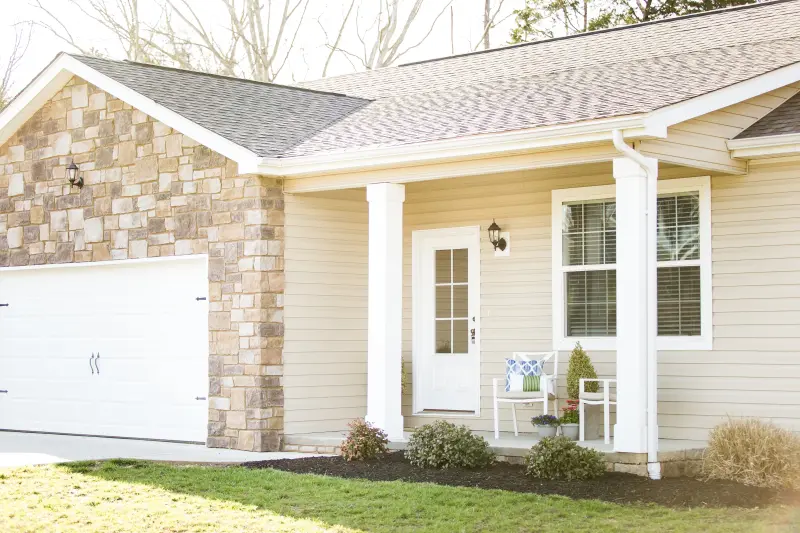Manufactured Home Siding Materials
Depending on factors like your location, climate and budget, the siding on your manufactured home can be made of materials like vinyl, fiber cement, concrete or engineered wood. Each type has its potential benefits and drawbacks, and your local home center consultant can help you decide which option is best for your needs. Regardless of which you choose, siding is meant to withstand tough weather and grime while it protects your home, but it will still need to be cleaned routinely. We recommend following the manufacturer's recommendations because some products can damage the surface of the siding.
How to Clean and Repair Manufactured Home Siding
For most siding materials, a rinse with a hose will remove any loose dirt. To remove tougher stains or dirt spots, wipe down the area with mild detergent and a non-abrasive sponge, then rinse it off with water. Your siding may need to be cleaned differently depending on the material, so check your Homeowner's Manual or ask your home center for tips on how to clean the siding on your home. Do not use abrasive cleansers or pads on your siding. If you’re removing tougher stains with a power washer, use extreme care, as improper use can damage the siding and caulking.
If you have wooden or concrete siding, we recommend inspecting it every six months and painting it every few years. Remove any cracked, dry or peeling materials and replace damaged nails if needed. Reapply caulk to these areas with flexible, non-hardening exterior caulk and then repaint the area.
If your home’s exterior has any brick or decorative stone, you’ll want to examine the mortar at least once a year and then contact a professional mason to make any necessary repairs.

Skirting and Deck Maintenance
At least once a year, you’ll want to examine your manufactured home’s skirting to make sure that the vents are unblocked. This will prevent moisture and mildew from accumulating underneath your home, which could cause damage. Most skirting materials can be cleaned with a hose and then wiped down in spots with a mild detergent as needed.
We also recommend routinely inspecting decks, porches and patios, especially if you had them added on to your home after it was built, to ensure they’re safe to use and the materials remain in good condition. You can contact a professional if needed to make any repairs.

Caring for Your Manufactured Home’s Roof
The roof of a home is exposed completely to the outside elements and should be inspected semi-annually, or after any severe weather events, to make sure the sealants around vents, joints and roof caps are still intact. For safety reasons, we strongly recommend having a roofing professional do the inspection, maintenance and repairs. Signs they will look for include buckling, curling or blistering shingles, shingles that are missing or broken, and cracks or other damage.
If you have a metal roof, you may have either rolled steel sheets that are seamed together across the length of the home, or individual ribbed steel panels. Ribbed panel roofing requires very little maintenance, but make sure to inspect metal roof surfaces twice a year for any damages. Manufactured homes with rolled metal roofing should be coated entirely with a high quality white or aluminum roof coating after the first year.
Keeping the exterior surfaces of your home maintained will help keep your home looking beautiful, so you can keep making those memories with your loved ones. Looking for more ways to stay on top of your home to-do list? You can check out our Home Care Guide for tips on everything from carpet and floor cleaning to HVAC and plumbing maintenance.


